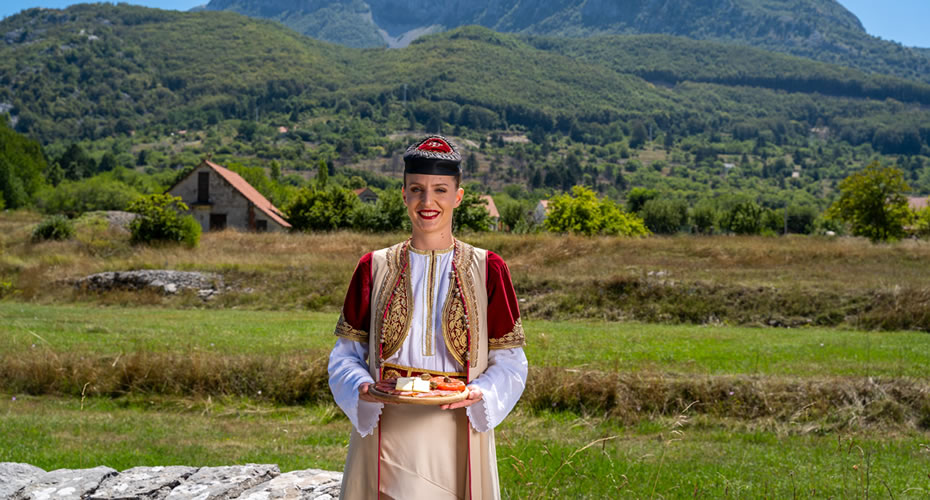Researching through experiencing/Discovering Cetinje’s diversity
Cetinje, often referred to as the historical and cultural capital of Montenegro, is widely recognize
Transform your journey into a tapestry of genuine moments.
Carefully selected properties with essence of a destination.
Relax as you explore Montenegro’s hidden gems.
Your trip becomes a reflection of your desires.
Cetinje, often referred to as the historical and cultural capital of Montenegro, is widely recognize
In the heart of the Balkans, Montenegro stands as a testament to breathtaking landscapes and rich cu
Montenegro, a jewel of the Adriatic, boasts a diverse and captivating climate that reflects the beau
Responsible travel in Montenegro also emphasizes the importance of supporting local communities. By
Sustainable travel in Montenegro offers a transformative experience that honors the natural beauty,
We did two two-day private tours, which were excellent: they also provided us with snacks + water, i
Just returned from a seven-day private tour in Montenegro. Montours tour guide, Bobo, was very knowl
Cetinje, often referred to as the historical and cultural capital of Montenegro, is widely recognize
At Montours Travel Agency, we are thrilled to announce the launch of our newly redesigned website, a
At Montours Travel Agency, we are proud to share the successful organization of the LEC+ Conference
Long Beach (Velika Plaža) in Ulcinj and the island of Ada Bojana are two of Montenegro’s most enc
Long Beach (Velika Plaža) in Ulcinj and the island of Ada Bojana are two of Montenegro’s most enc
Nestled at the southern edge of the enchanting Skadar Lake, the charming village of Virpazar serves
Monastery Reževići, a hidden gem on Montenegro’s Adriatic coast, is a serene sanctuary where his
Monastery Reževići, a hidden gem on Montenegro’s Adriatic coast, is a serene sanctuary where his
Suspended gracefully above the stunning Tara River, the Đurđevića Tara Bridge stands as a testame
Nestled along Montenegro’s stunning Adriatic coast, Sveti Stefan is a breathtaking island that cap
Ostrog Monastery, one of Montenegro's most sacred and awe-inspiring sites, is a place where faith, h
Montenegro, a land of pristine beauty, is a haven for birdwatchers, offering two of the most extraor
Montenegro is a paradise for adventurers, where mountain biking and hiking trails weave through some
A boat trip on Skadar Lake is a journey into the heart of Montenegro’s natural wonderland, a tranq
Nestled in the heart of Montenegro’s rugged mountains, the charming village of Njeguši invites yo
Nestled in the heart of Montenegro’s rugged mountains, the charming village of Njeguši invites yo
A ride on the Kotor Cable Car is not just a journey—it's an ascent into the skies above one of the
Speedboat trips in Boka Bay, often referred to as the "Jewel of Montenegro," are an exhilarating way
Montenegro, a land of rugged mountains, sun-drenched vineyards, and pristine nature, offers a journe
Driving the 25 serpentine road above Boka Bay in Montenegro is an unforgettable journey that feels l
Old Town Bar (Stari Bar) is a place where history whispers from every weathered stone, and the passa
Budva Old Town, or Stari Grad, is a place where time slows down, allowing history, culture, and the
National Park Prokletije, often referred to as the "Southern Alps," is one of Montenegro's most awe-
Nestled within the breathtaking expanse of Durmitor National Park, Black Lake (Crno Jezero) stands a
Biogradska Gora National Park is a breathtaking sanctuary nestled in the heart of Montenegro, where
Lovćen National Park is a place where Montenegro’s natural grandeur and its rich cultural heritag
The River Crnojevića, winding gracefully through the heart of Montenegro, is a hidden gem that embo
Njeguši, a picturesque village nestled in the mountains of Montenegro, is a hidden treasure known f
Cetinje, the heart of Montenegro's history and culture, is a captivating blend of architectural styl


Montenegro, a small but incredibly beautiful country located on the Adriatic coast of Southeastern Europe, has become an increasingly popular destination for travelers seeking both adventure and relaxation. With its stunning landscapes, historic sites, and vibrant coastal towns, Montenegro offers a unique travel experience. Here is a comprehensive guide to help you navigate your trip to this picturesque country, covering aspects such as safety, weather, traffic conditions, and more.

Montenegro is generally considered a safe destination for tourists. The crime rate is low compared to many other European countries, especially when it comes to violent crime. Petty crimes, such as pickpocketing or scams, are rare but can occur in tourist-heavy areas, particularly in popular cities like Kotor, Budva, and Podgorica. It is always advisable to remain aware of your surroundings, take basic safety precautions, and avoid leaving valuables unattended in public places. Montenegro is also known for its hospitable people, and most locals are welcoming to visitors. For travelers engaging in outdoor activities like hiking or boating, Montenegro’s natural landscapes are safe to explore, provided that proper precautions are taken, such as following marked trails and wearing appropriate gear.

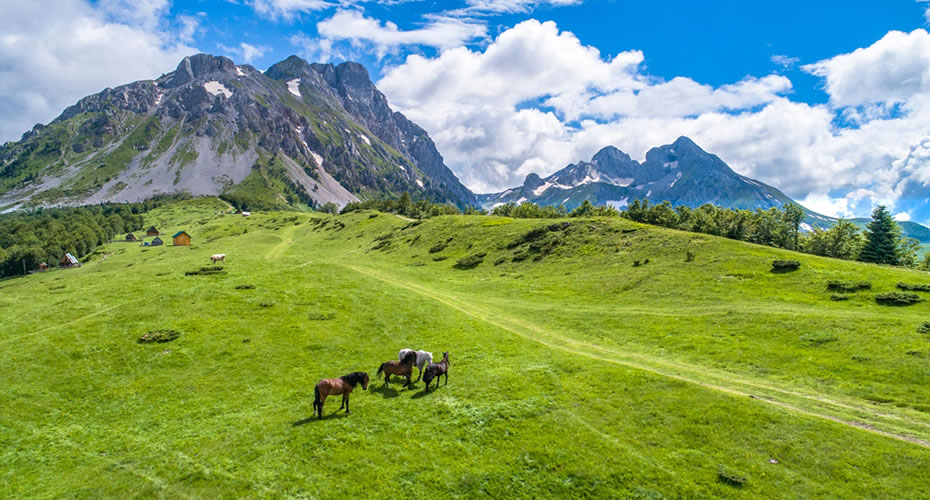


Best Time to Visit: The ideal time to visit Montenegro largely depends on your preferences. The summer months (June to September) are perfect for beach lovers and those who enjoy outdoor festivals and events. However, these months can be crowded along the coast. Spring (April to June) and autumn (September to November) are great alternatives, offering pleasant weather and fewer tourists. For those interested in winter sports, the colder months of December to March are ideal for visiting the ski resorts in the northern regions.



As mentioned, Montenegro is considered a safe country with a relatively low crime rate, especially when compared to larger European destinations. Petty theft, including pickpocketing, is rare but can occur in crowded tourist spots or on public transport. Violent crime is not a significant concern for tourists, and violent incidents involving foreigners are extremely rare. Montenegro has a robust police force, and the authorities take safety seriously.
However, like any travel destination, it’s important to take common-sense precautions. Keep your valuables secured, avoid poorly lit areas at night, and remain cautious around large crowds.

Montenegro’s road infrastructure is well-developed, particularly along the coast and in the capital city, Podgorica. However, in more remote or mountainous areas, roads may be narrower, winding, and not always in perfect condition, so caution is advised when driving. Many of the country’s scenic roads, such as those around Boka Bay or through the mountains of Durmitor, are stunning but can be challenging for drivers unfamiliar with steep or curvy roads. Driving in Montenegro is relatively straightforward, but be aware of local driving habits, such as frequent tailgating and the occasional disregard for speed limits.

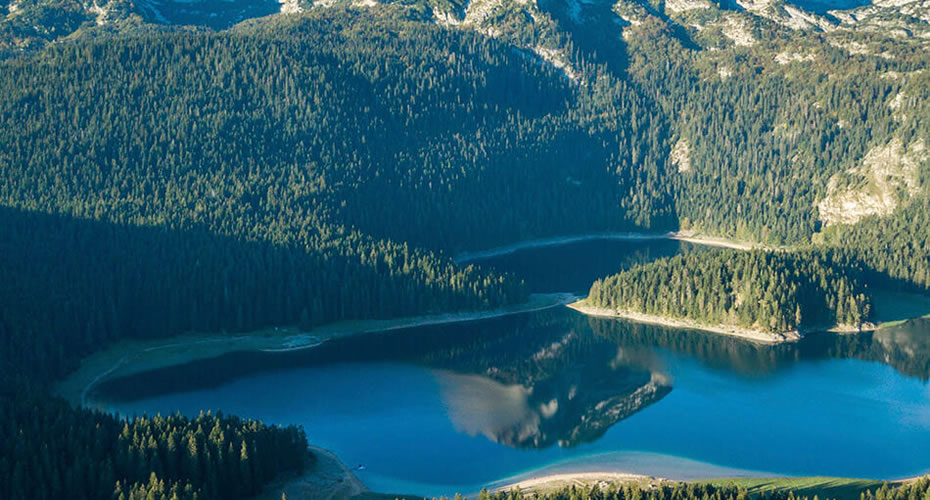

Road signs are mostly in Cyrillic, but you will also find them in Latin script, especially in tourist areas. If you’re planning to rent a car, it’s advisable to rent a small vehicle if you’re venturing into mountainous terrain. Public transportation, including buses and taxis, is widely available in the major towns, although it can be less frequent or punctual in rural areas. For more flexibility, renting a car is a popular option for exploring the country at your own pace.
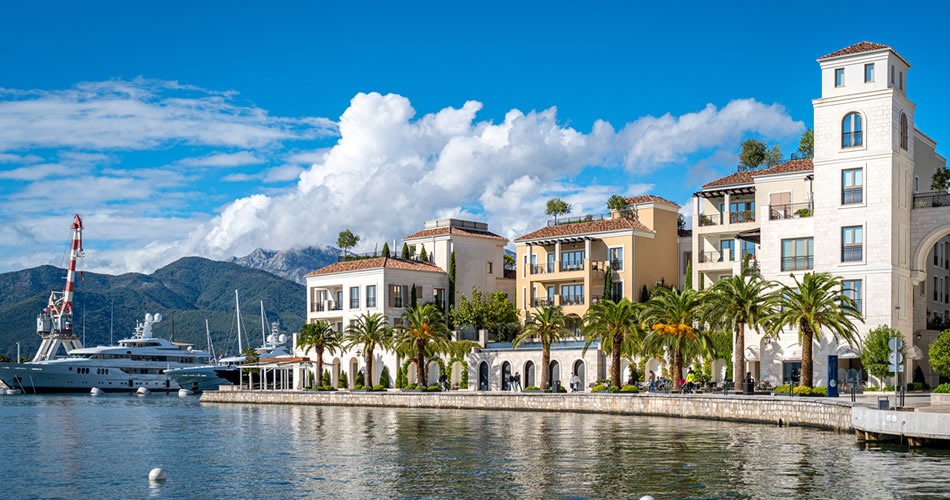
Montenegro is served by several international airports, making it accessible from many European cities and beyond.



For those traveling to Montenegro, both Podgorica and Tivat are the most common entry points. Many travelers also use Dubrovnik Airport in Croatia or Tirana in Albania, which is just a short drive from Montenegro, especially if flights from your departure city are more frequent or affordable.

The official currency of Montenegro is the Euro (€), despite the country not being a member of the European Union. The use of the euro makes it convenient for European travelers, as they don’t need to worry about currency exchange when traveling within the eurozone. Credit cards are widely accepted in most hotels, restaurants, and shops, especially in the larger cities and tourist areas. However, it’s always a good idea to carry some cash, particularly in rural areas or for small transactions. ATMs are widely available in most towns and cities, and currency exchange offices are also common in tourist hotspots. Be aware that some small shops, cafes, or rural establishments may only accept cash.

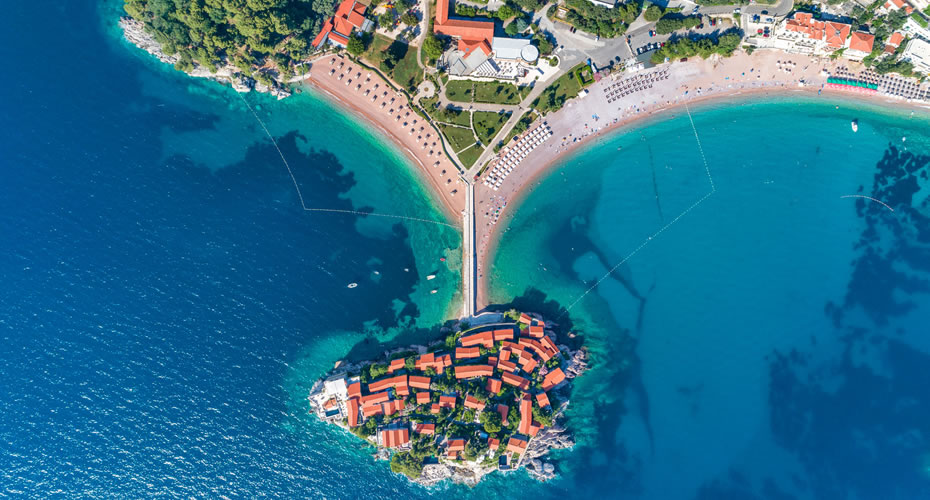


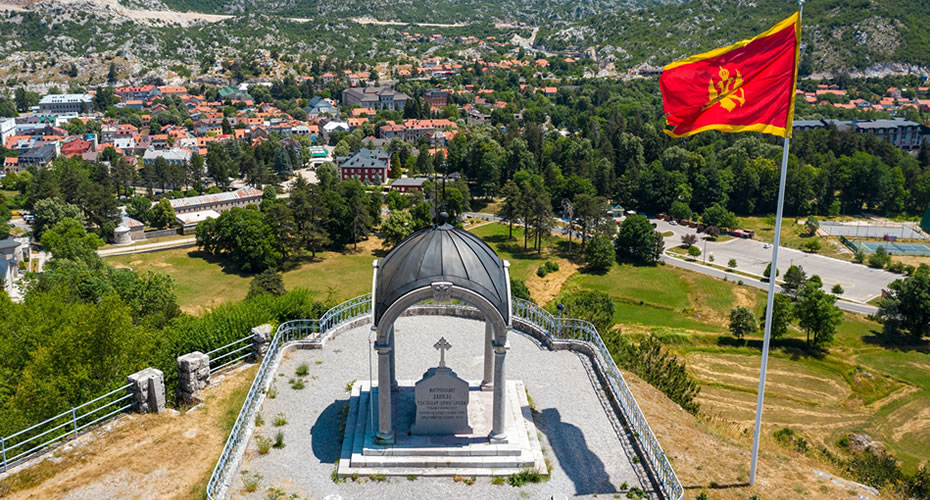
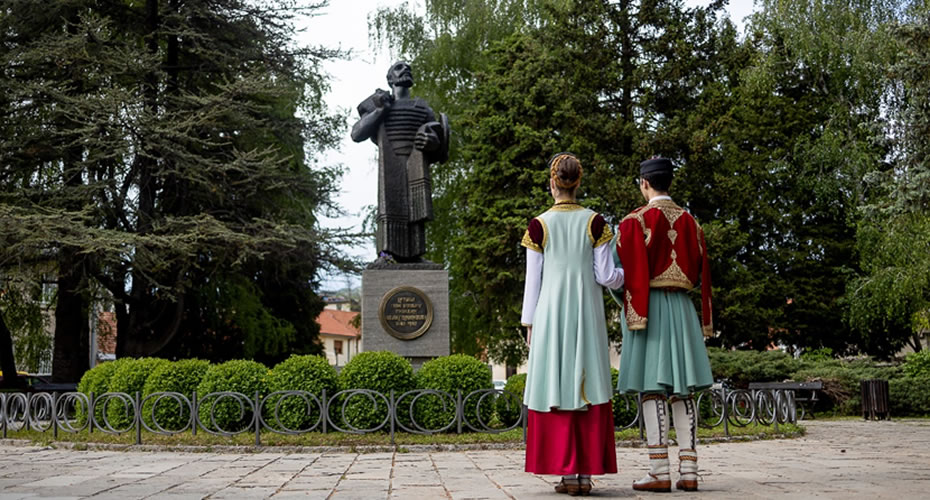

Montenegro is a wonderful destination for travelers seeking both adventure and relaxation, with its spectacular landscapes, historic sites, and welcoming people. With its low crime rate, favorable weather conditions, and well-connected transportation system, it offers an experience that’s both safe and accessible. Whether you’re visiting for the beaches, hiking, or cultural heritage, Montenegro’s charm and beauty will undoubtedly leave a lasting impression.
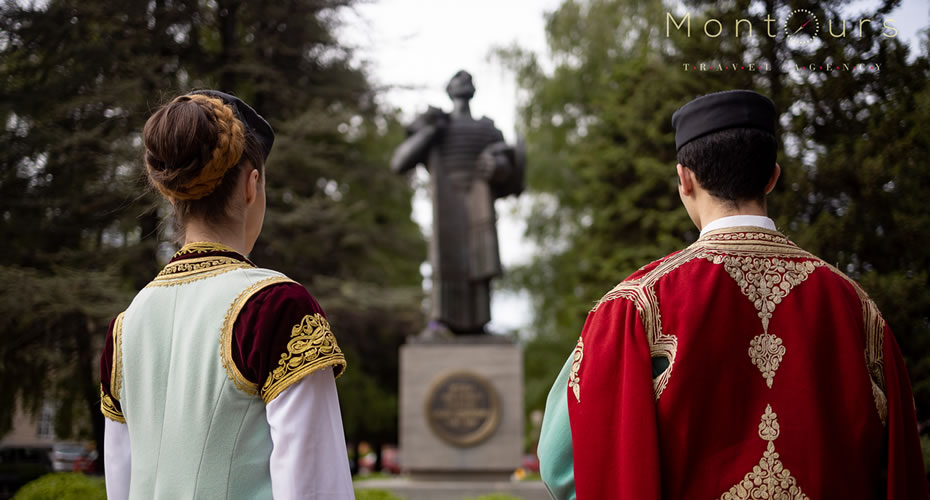
Traveling sustainably means making mindful choices that benefit the local community, protect the environment, and promote cultural understanding. Cetinje, with its historical significance and stunning landscapes, presents a unique opportunity to experience Montenegrin culture while ensuring that our presence contributes positively to the town and its surroundings.

